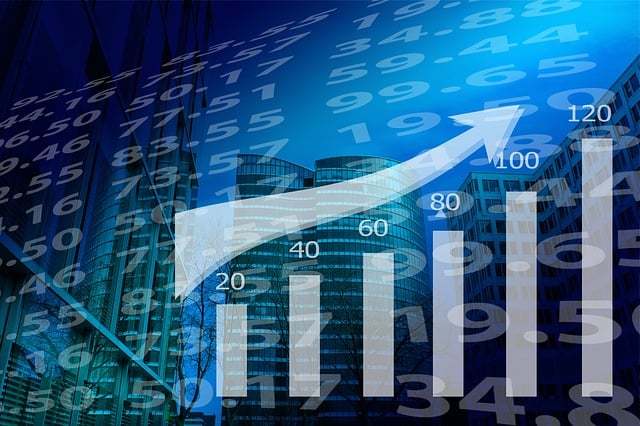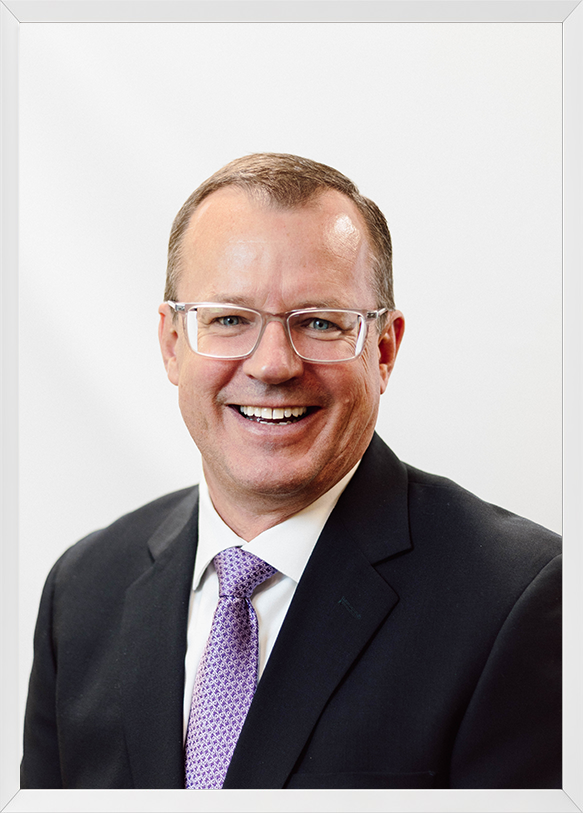How will inflation, interest rates and the U.S. consumer fare in 2025?
In recent years, Brian Blank (finance scholar and Fed watcher) and Brandy Hadley (finance professor) have provided economic forecasting as the resident prognosticators at The Conversation US. In a recent article for Newshour on PBS.org, they shared their predictions for 2025. Turning their eyes to the new year, they are optimistic that the economy will keep growing – but that’s not without some caveats. Here is a summary of the key issues and risks they are watching:
The Federal Reserve and Interest Rates: In 2022, 2023, and 2024, a downturn was expected by some due to the Federal Reserve’s hawkish interest-rate decisions. Interest rates were raised rapidly by the Fed in 2022, and they were kept high throughout 2023 and much of 2024. However, in the final four months of 2024, the Fed slashed rates three times, with the most recent cut occurring on December 18. Although this change marks a strategic shift, it is anticipated that future rate cuts will occur at a slower pace in 2025, as suggested by Fed Chair Jerome Powell during the December meeting. While markets have expected this adjustment, concerns remain among some economists about the heightened risks of an economic slowdown.
When short-term interest rates are set by Fed policymakers, factors such as inflation and unemployment are considered, as they influence the decision to either stimulate the economy or slow it down. The neutral interest rate, which neither stimulates nor restricts economic activity, is unknown, complicating the Fed’s role. The terminal rate, which is the long-term rate the Fed expects, is now at 3 percent, its highest level since 2016. This has led futures markets to question whether a hiking cycle might be on the horizon or if the era of low rates has ended.
Inflation and Economic Uncertainty: The Fed’s shift in approach highlights a key uncertainty for 2025. Some economists remain concerned about the recent rise in unemployment, while others worry about persistent inflation. The Fed’s challenge is to strike the right balance between supporting economic activity and ensuring that inflation, which is currently around 2.4 percent, does not reignite. While inflation is expected to slow, interest rates are projected to stay elevated as inflation remains above the Fed’s 2 percent target. Despite this, optimism persists that this high-rate environment will not weigh too heavily on consumers or the broader economy.
Several risks to economic stability loom on the horizon, including potential tariff increases that could disrupt trade, raise goods prices, and strengthen the U.S. dollar. Even a small increase in tariff rates has historically led to higher inflation. Other proposals from the incoming administration, such as stricter immigration policies and potential government spending cuts, could create challenges and uncertainties. Tax cuts are seen as a potential tool to spur growth, though they could also lead to a larger budget deficit, presenting risks to the longer-term economic outlook.
Consumer Behavior and the Job Market: While the labor market has softened, it remains resilient. Unemployment has edged up to 4.2 percent, but layoffs remain low. Continued growth in real incomes supports consumer sentiment and purchasing power, which benefits lower-income households. However, elevated debt levels suggest that some Americans may be under financial stress. Despite a higher unemployment rate being a concern, it is believed that this risk remains limited due to labor hoarding, a practice where employers are hesitant to let go of employees due to hiring challenges.
Overall, heading into the new year, forecasters seem to be “cautiously optimistic” regarding the resilience of consumers, who are expected to maintain their purchasing power into 2025.

